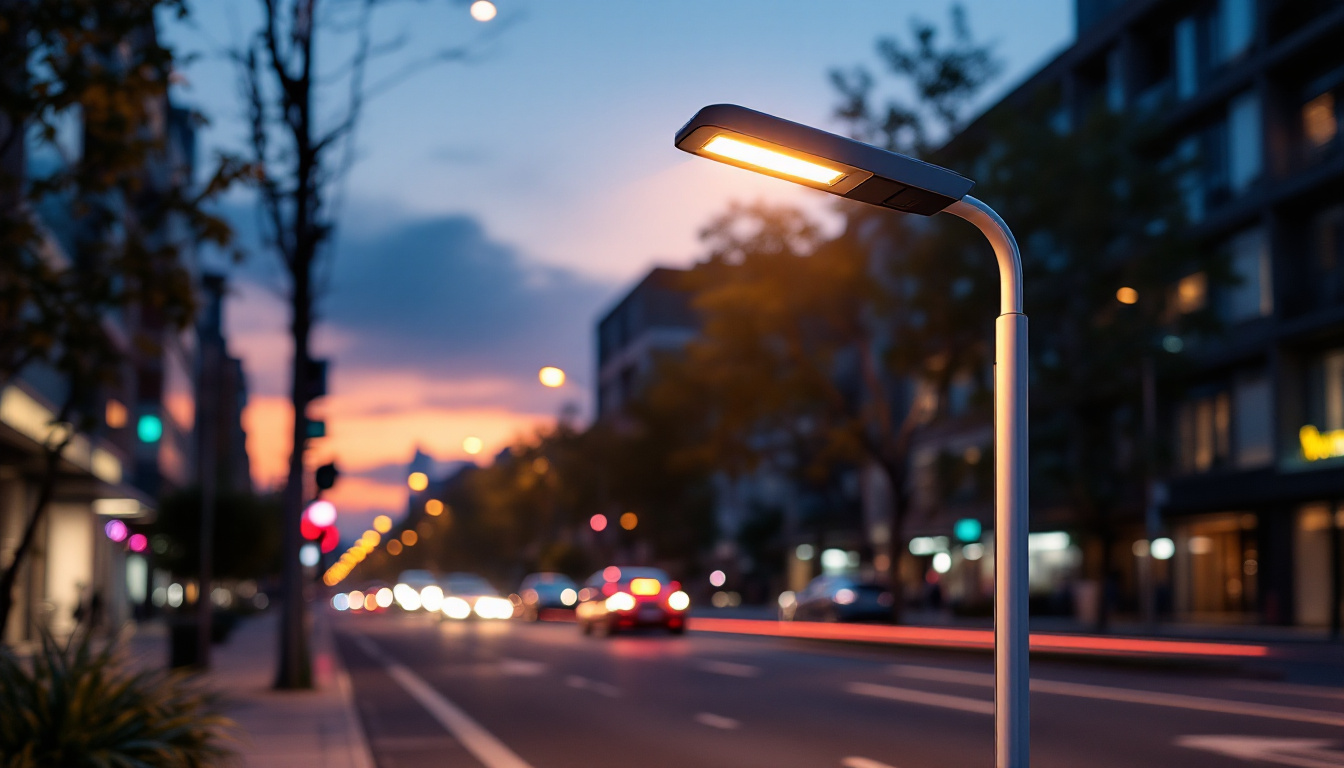
In the realm of electrical installations, wall plugs play a crucial role in ensuring that lighting fixtures and other devices are securely mounted and function properly. For lighting contractors, understanding the best practices related to electrical wall plugs is essential for delivering high-quality work. This article delves into various aspects of wall plugs, including types, installation techniques, and safety considerations.
Wall plugs, also known as anchors or inserts, are devices used to secure screws in walls, providing a stable point for attaching various fixtures. They are particularly important in lighting installations, where the weight and design of fixtures can vary significantly. A proper understanding of wall plugs is fundamental for any lighting contractor aiming to ensure the longevity and safety of their installations. The right choice of wall plug can prevent accidents and damage, making it essential to consider the specific requirements of each project.
There are several types of wall plugs available, each designed for specific applications and wall materials. The most common types include:
Choosing the appropriate wall plug is critical for the success of any lighting installation. Factors to consider include:
Moreover, the installation process itself can vary significantly depending on the type of wall plug used. For plastic expansion plugs, it’s crucial to drill the correct size hole for the plug to function effectively, while metal anchors may require more specialized tools for precise drilling. Additionally, the depth of the hole is just as important; too shallow, and the anchor won’t hold, too deep, and it may compromise the structural integrity of the wall. Understanding these nuances can greatly enhance the quality and safety of your installations.
Furthermore, it’s worth noting that wall plugs can also be influenced by the specific design of the fixture being installed. Some fixtures may come with their own mounting hardware, which could dictate the type of wall plug needed. In such cases, reviewing the installation instructions provided by the manufacturer is essential to ensure compatibility and safety. This attention to detail not only helps in achieving a professional finish but also contributes to the overall durability of the installation, ensuring that fixtures remain securely in place for years to come.
Proper installation of wall plugs is vital for achieving a secure and reliable mounting point. Following best practices during installation can prevent issues down the line, such as fixture sagging or detachment. A well-installed wall plug not only supports the weight of the fixture but also contributes to the overall aesthetic and functionality of the space.
Before installation, thorough preparation is essential:
Once preparations are complete, follow these steps for installing wall plugs:
After successfully installing the wall plugs and fixtures, consider the weight distribution of the mounted items. For heavier objects, such as shelves or large frames, it may be wise to use multiple wall plugs to distribute the load evenly. This not only enhances stability but also reduces the risk of wall damage over time. Additionally, if you plan to change the fixtures frequently, using removable wall plugs can make future adjustments easier without compromising the wall’s integrity.
Furthermore, understanding the environmental conditions of the installation area can also play a crucial role in the longevity of the wall plugs. For example, areas with high humidity may require specialized plugs designed to resist corrosion or expansion, ensuring that your fixtures remain securely mounted despite changing conditions. Investing time in selecting the right materials and techniques can ultimately lead to a more durable and aesthetically pleasing result.
Safety is paramount in any electrical installation. Adhering to safety guidelines can prevent accidents and ensure a secure installation.
Before beginning any installation, it is crucial to turn off the power to the circuit. This can prevent electrical shocks and ensure a safe working environment. Always use insulated tools and wear appropriate personal protective equipment (PPE) to minimize risks.
In addition to electrical safety, structural integrity must be considered. Ensure that the wall can support the weight of the fixture being installed. For heavier fixtures, additional support may be necessary, such as mounting to a stud or using multiple anchors.
Even experienced contractors can make mistakes during installations. Being aware of common pitfalls can help in avoiding them.
One of the most frequent errors is using wall plugs that are not rated for the weight of the fixture. This can lead to fixture failure and potential hazards. Always check the manufacturer’s specifications for both the wall plug and the lighting fixture.
Drilling a hole that is too large or too small can compromise the effectiveness of the wall plug. If the hole is too large, the plug may not grip securely; if it’s too small, the plug may not fit at all. Always use the correct drill bit size as specified by the wall plug manufacturer.
As technology advances, so do the materials and designs used in wall plugs. Staying informed about new innovations can enhance the quality of installations.
In recent years, smart wall plugs have gained popularity. These devices not only provide a secure mounting point but also integrate technology for remote control and automation of lighting systems. This can offer added convenience for clients and open new avenues for contractors.
With a growing emphasis on sustainability, eco-friendly wall plugs made from recycled materials are becoming available. These options can appeal to environmentally conscious clients and align with green building practices.
Electrical wall plugs are a fundamental component of successful lighting installations. By understanding the different types, installation techniques, and safety considerations, lighting contractors can ensure that their work is both reliable and professional. Staying informed about innovations in wall plug technology can further enhance the quality of installations and meet the evolving needs of clients.
In summary, adhering to best practices when working with wall plugs not only contributes to the safety and longevity of lighting fixtures but also enhances the reputation of the contractor. With careful attention to detail and a commitment to quality, lighting contractors can excel in their field and provide exceptional service to their clients.
Ready to elevate your lighting installations with the best materials on the market? Look no further than LumenWholesale for all your electrical wall plug needs and more. Our extensive selection of spec-grade lighting products ensures you have access to the highest quality at wholesale prices that can’t be beaten. Say goodbye to middleman markups and hello to superior lighting products that fit your budget. Plus, with free shipping on bulk orders, you can stock up on everything you need without worrying about extra costs. Make your next project shine with reliability and excellence. Visit LumenWholesale now for Wholesale Lighting at the Best Value, and experience the difference quality and affordability make.

Discover essential insights on lit exit signs for lighting contractors, including safety standards, installation tips, and industry stats—boost your expertise today!.

Discover essential techniques and best practices for lighting contractors with our comprehensive guide on electrical ballasts.

Discover the essential factors lighting contractors need to consider when selecting T8 LED light fixtures.

Discover the benefits of LED streetlights and learn how to future-proof your lighting projects with sustainable, energy-efficient solutions.